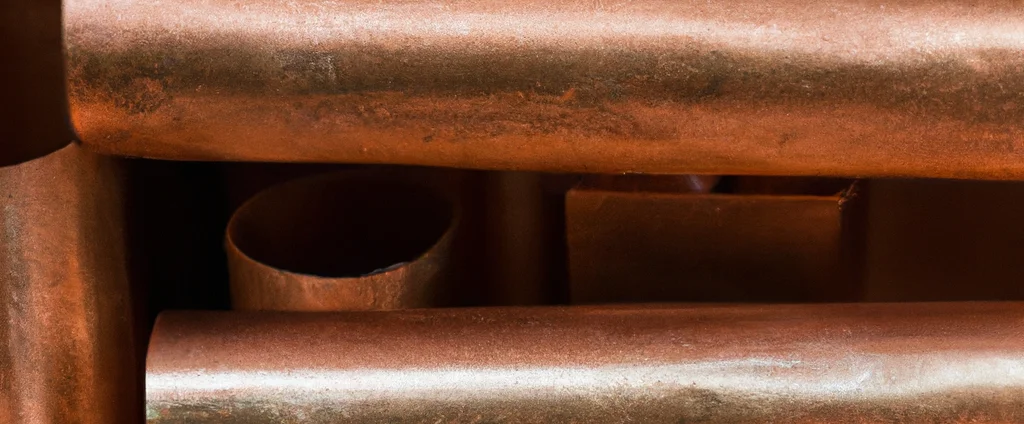Zirconium Copper (UNS C15000)

Zirconium Copper C15000 is a high-performance copper alloy renowned for its exceptional electrical conductivity, thermal conductivity, and mechanical strength. It is ideal for electrical, welding, and thermal management applications.
| Chemical Composition | ||
|---|---|---|
| Element | Min | Max |
| Copper | 99.8% | 99.9% |
| Zirconium | 0.05% | 0.15% |
The following table provides a list of copper C15000 properties in both SI and US customary/Imperial units.
Click on the button to switch between Metric and Imperial units.
| Physical Properties | Metric |
|---|---|
| Density | 8890 kg/m3 |
| Mechanical Properties | Metric |
| Tensile Strength (Ultimate) | 430 MPa |
| Tensile Strength (Yield) | 415 MPa |
| Shear Strength | 250 MPa |
| Young’s Modulus (E) | 129 GPa |
| Shear Modulus (G) | 44 GPa |
| Elongation at Break | 15% |
| Poisson’s Ratio (ν) | 0.33 |
| Thermal Properties | Metric |
| Melting Point | 980 - 1080 °C |
| Thermal Conductivity | 370 W/m·K |
| Specific Heat Capacity (Cp) | 385 J/kg·K |
| Coefficient of Thermal Expansion (αL) | 1.7×10-5 1/°C |
| Electrical Properties | Metric |
| Electrical Conductivity | 5.39×107 S/m |
| Electrical Resistivity | 1.86×10-8 Ω·m |
The values in this table are approximate and can vary depending on various factors such as the specific manufacturing process and heat treatment applied to the alloy.
Advantages & Disadvantages of Copper C15000
| Advantages | Disadvantages |
|---|---|
| High strength | High cost |
| Electrical conductivity | Limited availability |
| Thermal conductivity | Sensitive to welding conditions |
| Corrosion resistance |
Applications of Copper C15000
Zirconium Copper C15000 finds applications in various industries and areas where a combination of high strength, electrical conductivity, and thermal conductivity is required. Key applications include:
- Electrical Connectors: Used in electrical connectors due to its excellent electrical conductivity and strength. It ensures efficient electrical current flow while withstanding mechanical stresses and maintaining dimensional stability.
- Electrical Switches: The high strength and good electrical conductivity make it suitable for electrical switch components. It can handle the electrical load while providing durability and resistance to wear.
- Resistance Welding Components: Used in resistance welding electrodes and related components. Its high strength and resistance to heat ensure reliable and efficient welding operations.
- Injection Molding: The excellent thermal conductivity makes it suitable for molds used in plastic injection molding. It helps in efficient cooling and solidification of the molded parts, resulting in improved cycle times and quality.
- Heat Sinks: High thermal conductivity and strength make it ideal for heat sink applications. It effectively dissipates heat from electronic components and helps in temperature management.
- Electrical Contacts: Utilized in electrical contact materials due to its combination of electrical conductivity and mechanical strength. It ensures reliable and efficient electrical contact in switches, relays, and other electrical devices.
- Welding Electrodes: The high strength and resistance to heat make it suitable for welding electrodes. It provides good conductivity and durability during welding operations.
